BREAKING — Ilhan Omar Faces Possible Committee Removal After Private Remarks About Charlie Kirk Spark Controversy — Closed-Door Comments Leave Washington on Edge, and What She Said Off-Camera Has Everyone Talking
BREAKING — Ilhan Omar Faces Possible Committee Removal After Private Remarks About Charlie Kirk Spark Controversy — Closed-Door Comments Leave Washington on Edge, and What She Said Off-Camera Has Everyone Talking
Tensions are escalating in Washington, D.C., as Representative Ilhan Omar finds herself at the center of a political storm. After making off-camera remarks regarding conservative activist Charlie Kirk, Omar is reportedly facing potential removal from her committee assignments — a move that could have far-reaching consequences. The situation has left both political insiders and the public scrambling to understand the implications, and whispers from behind closed doors suggest that what occurred during private conversations was far more explosive than initially reported.
The Context: Who Is Charlie Kirk?
Before diving into the controversy, it’s essential to understand the figure at the heart of the storm. Charlie Kirk, a conservative activist and founder of Turning Point USA, has long been a polarizing presence in American politics. Known for his vocal support of conservative causes and high-profile media appearances, Kirk has been both celebrated and criticized across the political spectrum. His prominence makes any comment about him — especially from a member of Congress like Ilhan Omar — a flashpoint for public debate.
The Remarks That Sparked the Controversy
According to multiple insiders, Omar made remarks off-camera that questioned Kirk’s influence and activities. While the exact words remain confidential due to the private nature of the meeting, the reaction from committee members was immediate and intense. Some sources describe the conversation as “unlike anything they’ve seen before,” suggesting that Omar’s comments struck a nerve on multiple fronts.
The political landscape in Washington is highly sensitive. Comments that might seem minor in everyday life can escalate rapidly, especially when they involve figures like Kirk, whose supporters are active and vocal.

Reactions Behind Closed Doors
Sources indicate that the committee room was divided after Omar’s comments. Members from both sides of the aisle reportedly engaged in heated discussions, with some calling for her to be removed from her assignments. Others argued for restraint, emphasizing the importance of due process and the need to separate personal opinions from official duties.
Insiders also note that when the cameras stopped rolling, the tone of the conversation shifted dramatically. Omar allegedly defended her remarks passionately, emphasizing her perspective on political discourse and accountability. This private exchange, according to those present, left several committee members stunned.
Social Media Frenzy
As news of Omar’s remarks leaked, social media erupted. Hashtags began trending on Twitter, while posts on Facebook and Instagram sparked heated debates. Supporters of Omar praised her for speaking her mind, arguing that political figures should be able to express opinions without fear of retribution. Critics, meanwhile, condemned the remarks as inappropriate and potentially harmful to bipartisan cooperation.
The online debate quickly caught the attention of news outlets, which began analyzing the implications of Omar’s comments and the potential for committee reassignment. Political talk shows, podcasts, and online forums weighed in, further fueling public curiosity.
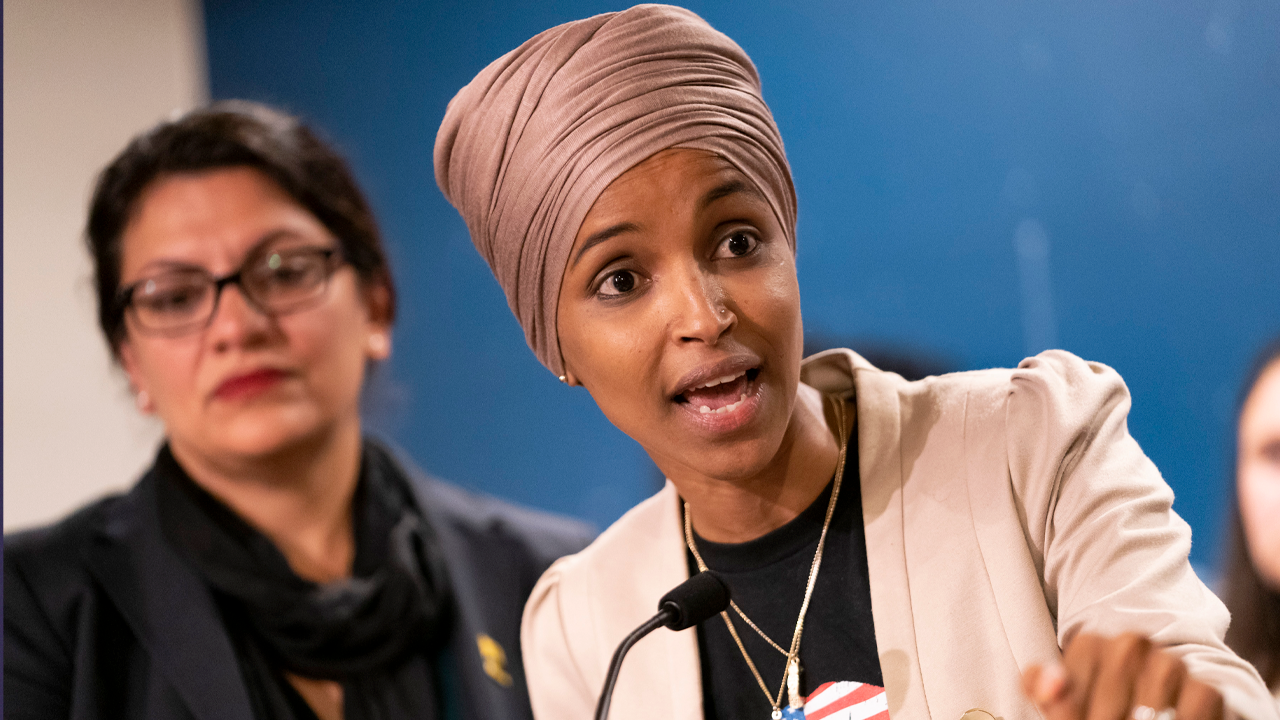
Historical Context: Committee Removals in Congress
While Omar’s potential removal has raised eyebrows, it’s not without precedent. In the past, members of Congress have faced committee reassignment due to controversial remarks or political missteps. These actions are typically rare and reserved for situations where private statements or public behavior are deemed incompatible with committee responsibilities.
Understanding this historical context is essential for grasping why Omar’s situation is significant. If she is removed, it would send a strong signal about the boundaries of acceptable discourse within Congress.
Perspectives from Political Analysts
Political analysts have weighed in, emphasizing the delicate balance between free speech and political accountability. Dr. Elaine Matthews, a political science professor at Georgetown University, notes:
"Members of Congress operate under intense scrutiny. Their words, even off-camera, carry weight because they reflect their judgment and priorities. Omar’s comments about Charlie Kirk, regardless of intent, are now being evaluated for how they might influence committee operations and public perception."
Other analysts highlight the role of media in amplifying controversy. In today’s digital age, private remarks can become public almost instantly, making political figures more vulnerable than ever to scrutiny and criticism.

Candace Owens Weighs In
Conservative activist Candace Owens has reportedly commented on Omar’s remarks, framing the controversy as part of a broader ideological conflict. Owens argues that Omar’s comments reflect a misunderstanding of Kirk’s influence and dismiss the potential consequences of her words. Social media posts from Owens’ accounts suggest that she believes the controversy could backfire on Omar, reinforcing Kirk’s position in the public eye.
Possible Outcomes
At this stage, several outcomes are possible:
Committee Reassignment: Omar could be removed from one or more committee assignments, a formal response that would carry significant professional implications.
Public Apology or Clarification: Omar might issue a public statement clarifying her remarks, aiming to de-escalate tensions.
Internal Resolution: The committee could opt for private mediation, addressing concerns without public spectacle.
Status Quo: If the controversy loses momentum, Omar could remain in her roles, though scrutiny is likely to continue.
Political observers emphasize that any decision will be closely watched and could influence future congressional protocol regarding off-camera remarks.

Behind the Scenes: Insider Perspectives
Several insiders have provided context about the environment within the committee room. Some describe “whispers, side conversations, and tense glances” exchanged as members processed Omar’s statements. Others note that the reaction was not uniform; while some members were shocked, others appeared more measured, highlighting the complexity of internal dynamics in Congress.
Public Opinion
Polls conducted in the wake of the controversy suggest that public opinion is divided. A segment of the electorate supports Omar’s right to express her views freely, while another segment believes that such remarks undermine the professionalism expected of a congressional representative. The divide mirrors broader political polarization in the United States, emphasizing the challenge of navigating sensitive discourse.
Legal and Procedural Considerations
From a procedural standpoint, committee removals involve specific steps governed by congressional rules. Any action against Omar would require formal discussion, possible votes, and adherence to internal guidelines. Legal experts note that while the process is complex, it is designed to balance accountability with fairness, ensuring that no member is penalized without due cause.
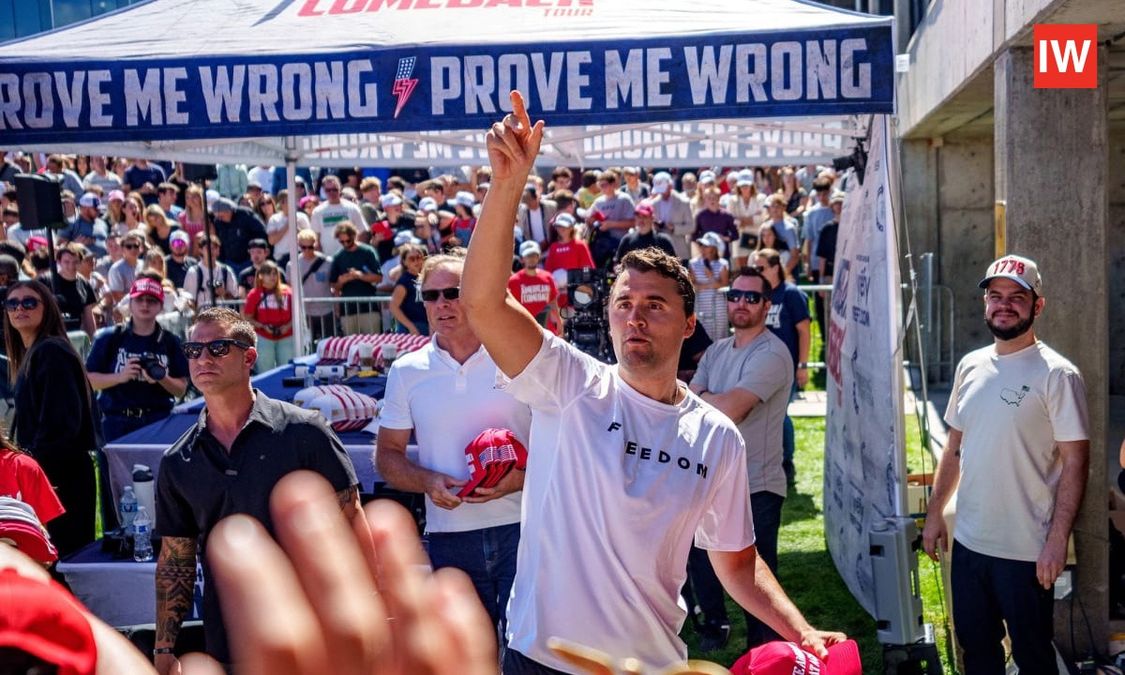
The Role of Media in Amplifying Controversy
Media coverage has played a central role in escalating the situation. Headlines, opinion pieces, and viral social media posts have magnified the impact of Omar’s remarks. Political commentators argue that the media’s focus on “controversy” often overshadows substantive discussion, creating an environment where perception matters as much as reality.
Potential Long-Term Implications
If Omar is removed from her committee assignments, the move could set a precedent for how off-camera remarks are treated in Congress. It may also influence how other members approach private conversations, knowing that leaks and scrutiny are ever-present.
Additionally, the situation underscores the heightened tension between political factions in Washington, reflecting broader societal divisions and the challenges of maintaining professional decorum in a hyper-connected media environment.
Closing Thoughts
The Ilhan Omar–Charlie Kirk controversy is far from resolved. As insiders continue to provide details, social media debates rage on, and the public tries to understand the implications, the story remains fluid and unpredictable. Questions linger:
-
What exactly did Omar say behind closed doors?
-
How will her colleagues respond formally?
-
Could this controversy reshape committee protocol for years to come?
While the answers remain unclear, one thing is certain: the fallout from these remarks will be studied closely, not just by political analysts, but by anyone interested in the intersection of politics, media, and public perception.
EXCLUSIVE: Candace Owens Uncovers Shocking Cover-Up Surrounding Charlie Kirk’s D:e:a:t:h — Experts Tried to Keep You in the Dark! — The Hidden Truth You Won’t Believe

EXCLUSIVE: Candace Owens Uncovers Shocking Cover-Up Surrounding Charlie Kirk’s D:e:a:t:h — Experts Tried to Keep You in the Dark! — The Hidden Truth You Won’t Believe
The Shocking Revelation
Candace Owens has just dropped what many are calling one of the most explosive revelations of the year. In a series of statements that have reverberated across social media platforms, Owens claimed that key experts may have deliberately withheld or twisted critical information surrounding the death of Charlie Kirk. According to Owens, the public has only seen a fraction of the truth, leaving millions of people with questions and suspicions that continue to grow by the hour.
The moment Owens released her statements, online communities erupted. Fans and critics alike were quick to dissect every word, seeking clues, hidden meanings, and inconsistencies in the official narratives. Social media feeds were flooded with hashtags referencing Kirk, Owens, and the so-called cover-up. Many users began compiling timelines, comparing official reports with Owens’ claims, and speculating about the possible motivations behind this alleged concealment.
Owens described a series of events that suggest a complex web of misdirection and obfuscation. According to her, certain evidence was overlooked, key analyses were misleading, and experts seemed to prioritize maintaining a narrative over revealing the facts. This, she argues, has created a distorted picture of the situation that could mislead the public indefinitely if left unchecked.
The implications are enormous. If Owens’ claims are accurate, it could mean that mainstream narratives surrounding Charlie Kirk’s death have been carefully curated, possibly to protect specific individuals or institutions. The gravity of the allegations has made social media a hive of speculation, with viewers, bloggers, and news commentators debating every conceivable scenario.
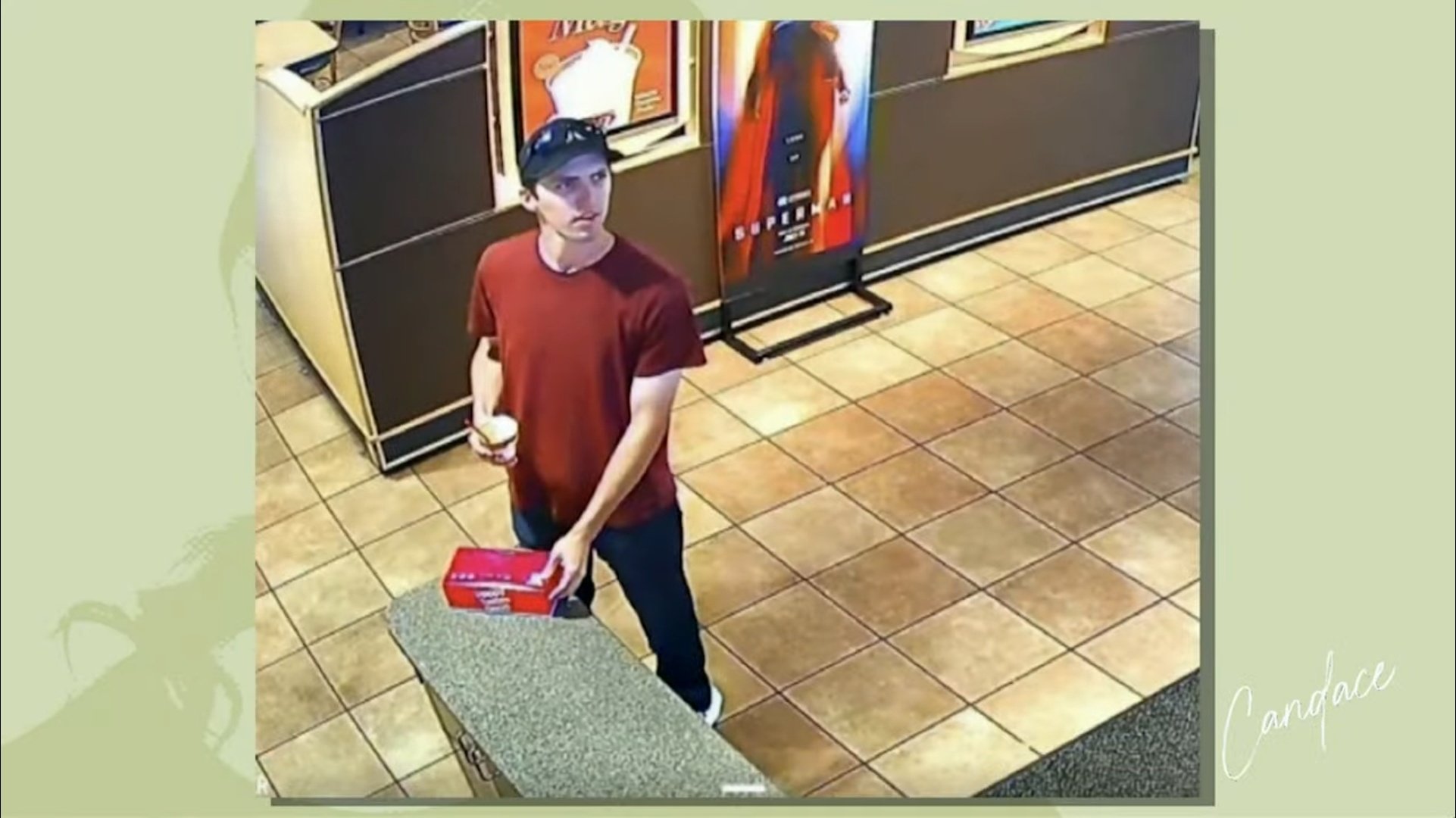
Hidden Twists and Overlooked Details
According to Owens, the story of Charlie Kirk’s death is far more complicated than initially reported. She points to a series of overlooked details and hidden twists that were either ignored or minimized by the experts handling the case. For instance, she mentions discrepancies in timelines, contradictory witness statements, and unusual procedural choices that raise questions about the integrity of the investigation.
Owens insists that these details are not minor oversights but pivotal pieces of a larger puzzle. The online community has responded by scrutinizing every publicly available document, interview, and report, attempting to reconcile the official narrative with Owens’ claims. Forums and discussion threads have exploded with debates, with users pointing out inconsistencies and theorizing about what might have been deliberately concealed.
One of the most discussed points revolves around timing and location. Owens claims there were crucial moments and interactions that were downplayed or ignored entirely. These small but significant omissions, she argues, could dramatically alter the perception of what happened. Fans and investigators alike have started re-examining public records, trying to piece together a clearer picture, and asking: why were these details not emphasized in the official reports?
Furthermore, Owens highlights the role of experts who, whether intentionally or inadvertently, may have shaped the narrative in ways that obscured certain facts. She does not name specific individuals but emphasizes patterns of behavior that suggest a larger agenda at play. This has fueled speculation about who might benefit from the public being kept in the dark.
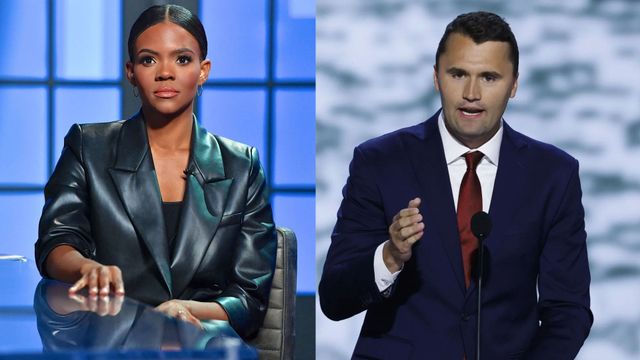
Public Reaction and Social Media Frenzy
The public reaction to Owens’ revelations has been immediate and intense. Across Twitter, Instagram, TikTok, and YouTube, users have shared her statements, dissected every claim, and debated the implications. Some express shock and disbelief, while others speculate about possible conspiracies and hidden motives. The sheer volume of commentary has created trending topics and viral discussions worldwide.
Fan theories range from the mundane to the extraordinary. Some argue that the alleged concealment was intended to protect reputations, while others believe it points to systemic failures within investigative institutions. Debate is fierce, with online communities splitting between skeptics and believers, each side presenting “evidence” to support their position.
Owens herself has actively engaged with social media audiences, responding to questions and clarifying points in interviews and live streams. Her approach has only intensified the conversation, making it impossible for mainstream media to ignore. Traditional news outlets have reported on the story, often framing it as an explosive claim with potentially wide-reaching implications, adding fuel to the public’s curiosity and concern.
This frenzy is compounded by the fact that very few people have had access to the full picture. With Owens’ revelations as a new focal point, people are combing through every available document, video, and witness account, trying to reconcile what they thought they knew with the new narrative she presents. Every overlooked detail, every hidden connection, and every timeline discrepancy is now being scrutinized for significance.

The Larger Implications
Beyond the immediate controversy, Owens’ revelations raise broader questions about transparency, accountability, and public trust. If experts did manipulate or withhold information, it challenges the integrity of the institutions involved and highlights the need for independent scrutiny. The case has become a touchstone for debates about how information is controlled and the consequences of obfuscation on public perception.
Owens argues that uncovering the truth is not just about revisiting one case but about ensuring that such manipulation does not recur. She urges the public to demand clarity, transparency, and accountability, emphasizing that every citizen has a stake in how information is presented and interpreted.
The story continues to unfold, with new developments emerging daily. Social media is now a central battleground for information, with millions following updates, speculating on new evidence, and analyzing the potential motives of those involved. The impact of Owens’ revelations is ongoing, as journalists, legal experts, and fans alike seek to understand the full scope of what she claims to have uncovered.
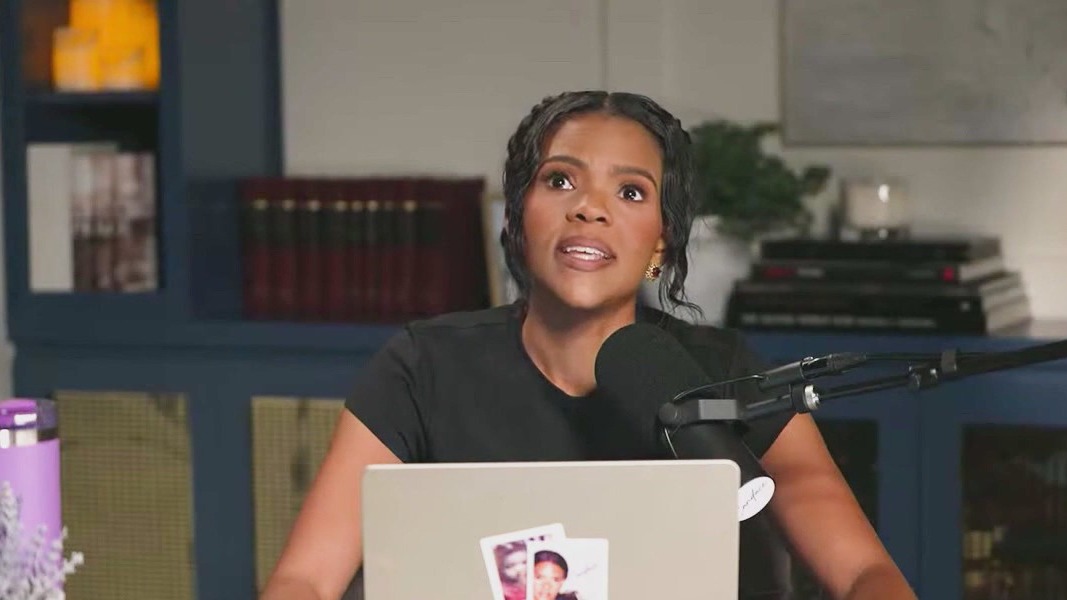
For viewers and readers, the stakes could not be higher. The controversy has transformed from a single case into a broader discussion about truth, narrative control, and the mechanisms through which information reaches the public. Candace Owens’ revelations have not only challenged perceptions of Charlie Kirk’s death but have also sparked a nationwide conversation about who decides what the public sees—and what remains hidden.
As the investigation continues and more information comes to light, the world watches closely, eager to determine whether the full truth will ever be revealed or if the shadows surrounding this case will persist. In the meantime, Owens’ bold exposure has already changed the conversation, forcing experts, media, and the public to confront uncomfortable questions about secrecy, accountability, and the nature of truth itself.






